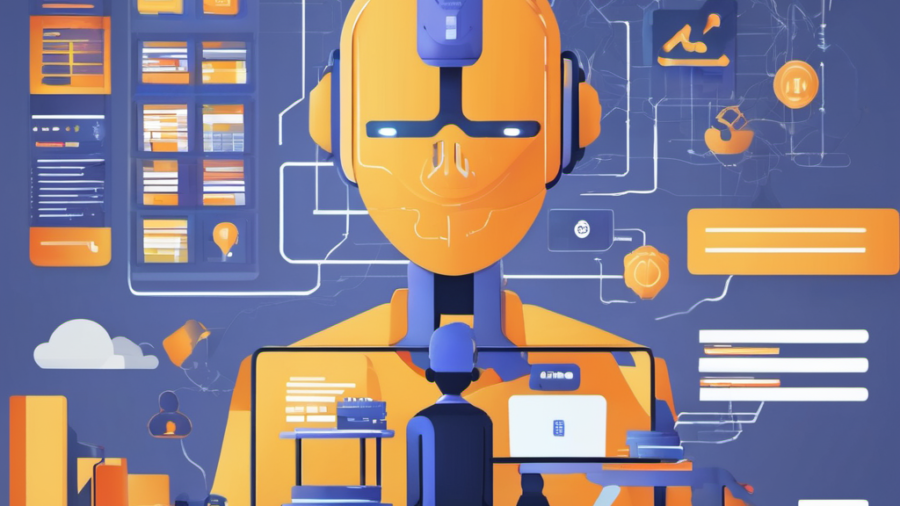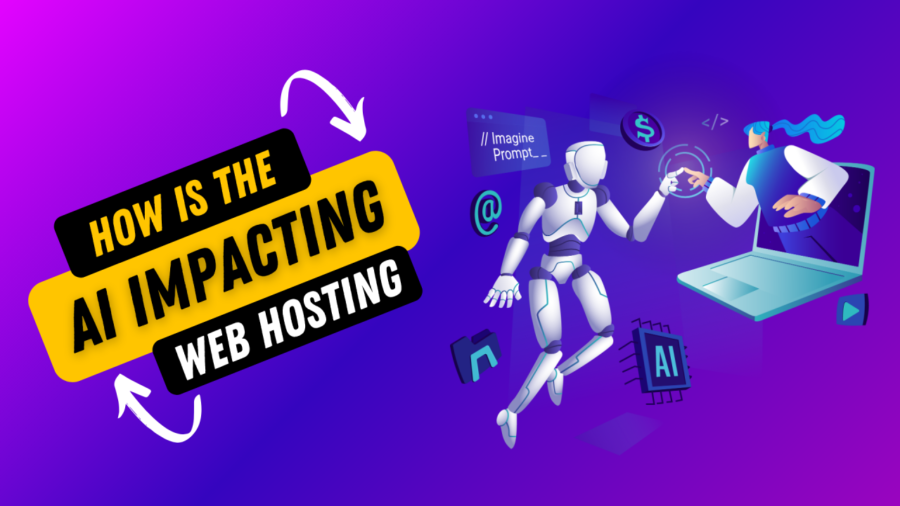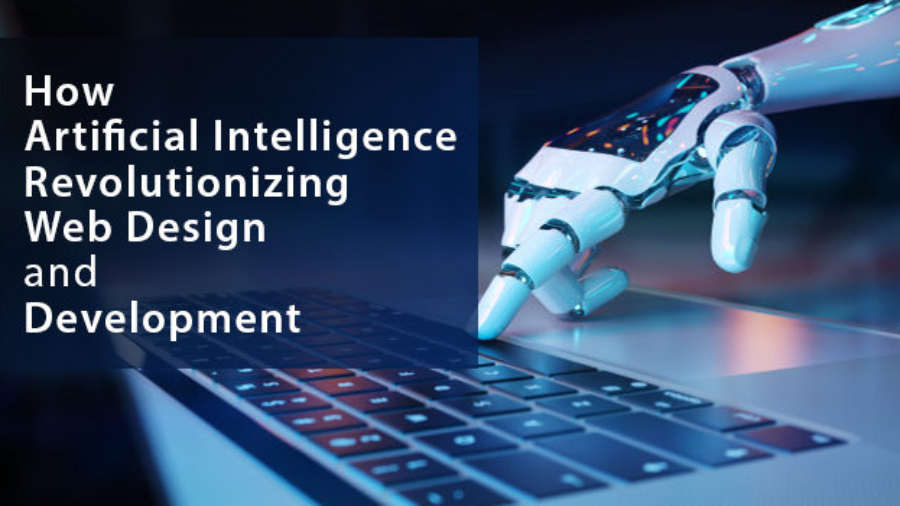I. Understanding Daily Productivity
A. Defining Productivity
What does productivity mean in everyday life? At its core, productivity is about making the best use of your time and resources to your goals efficiently. It varies in personal and professional contexts, with personal productivity focusing on daily tasks and well-being, while professional productivity often centers around meeting goals and deadlines.
A balanced approach to productivity is essential; this means understanding when to push yourself and when to take a break for your mental health. It’s easy to fall into the trap of working long hours while neglecting personal time. Recognizing this is key to a fulfilling and effective daily routine.
B. Factors Influencing Productivity
Several factors come into play when it comes to achieving your daily productivity goals.
- Time management techniques: Utilizing methods like the Pomodoro Technique can drastically improve how effectively you manage your time.
- Environment: Your surroundings—whether a quiet home office or a bustling café—can greatly impact your productivity. A clean, organized space often promotes better focus.
- Psychological barriers: Stress, anxiety, or a lack of motivation can hinder your ability to get things done. Addressing these barriers with mindfulness or breaks can help restore your productivity levels.
C. The Need for Efficiency Tools
Many face challenges in achieving daily goals, from endless to-do lists to distractions on social media. This is where efficiency tools come into play. They can help organize your tasks and streamline your workflow. Over the years, technology has evolved significantly, providing innovative solutions designed to boost productivity, including AI tools that cater specifically to enhancing your daily tasks.
II. Introduction to Artificial Intelligence
A. What is Artificial Intelligence?
Artificial Intelligence (AI) might sound complex, but at its heart, it refers to machines designed to perform tasks that typically require human intelligence. This can include recognizing speech, making decisions, and solving problems. There are different types of AI, ranging from simple rule-based systems to more complex machine learning implementations.
There are many myths about AI—some think it’s only for tech experts or that it’s out to replace human jobs. In reality, AI is designed more to complement human work than to replace it.
B. The Evolution of AI
If we take a step back in time, AI has come a long way since its inception. Key milestones include the development of early algorithms in the 1950s and more recently, the advent of machine learning and neural networks. Current trends indicate that AI is becoming more integrated into everyday applications, making it accessible and beneficial to everyone.
C. Common AI Tools for Everyday Use
There are numerous AI tools out there that help individuals enhance their productivity:
- Personal assistants: Tools like Siri or Google Assistant can set reminders or answer questions.
- Productivity applications: Apps such as Trello or Todoist integrate AI to help you organize your tasks better.
- Email filters: Many services like Gmail use AI to help sort and prioritize emails effectively.
AI doesn’t have to be intimidating; many of these tools are designed with user-friendliness in mind.
III. AI-Powered Tools for Time Management
A. Calendar Management
AI-driven scheduling applications make calendar management a breeze. They can analyze your schedule and suggest the best times for meetings based on your availability, preferences, and even travel time. This takes the guesswork out of scheduling and can help avoid overlaps.
Automatic reminders and notifications ensure you never miss an important meeting or deadline, allowing you to focus on more critical tasks.
B. Task Management Systems
With AI-enhanced to-do lists, organizing your tasks becomes simpler. These systems can prioritize tasks based on urgency and deadlines, making it easier to see what needs immediate attention. They can also send reminders about upcoming tasks, helping you stay on track.
C. Pomodoro Technique and AI
The Pomodoro Technique divides work into intervals, traditionally 25 minutes of focused work followed by a short break. Some AI tools help you implement this technique by scheduling your work sessions and breaks automatically. Additionally, AI can analyze your work patterns, providing valuable insights into your productivity levels.
IV. Enhancing Communication with AI
A. AI in Email Management
Managing your emails can often feel overwhelming, but AI can help significantly. Tools can prioritize important emails, ensuring you see what matters most first. Features such as smart replies or automated responses can save you time on routine email interactions without sacrificing quality.
Keeping your inbox organized becomes easier with filtering tools that sort your messages according to predefined categories.
B. Chatbots and Virtual Assistants
AI chatbots have become common in both personal and professional contexts, offering quick answers to basic questions and assisting with scheduling and reminders. In customer service, they can handle common inquiries, enhancing efficiency and freeing human agents for more complex issues.
C. Collaborative Tools
Platforms like Slack and Microsoft Teams incorporate AI features that help streamline team collaboration. For example, real-time language translation helps bridge communication gaps in diverse teams. Additionally, AI can assist in document management, ensuring everyone is working from the latest version.
V. Automating Repetitive Tasks with AI
A. The Role of AI in Automation
Many repetitive tasks can be automated, saving you time and mental effort. Think about regularly sending emails, data entry, or social media posting—these can all be handled through AI automation.
The benefits? You gain back precious hours to focus on more valuable work or even enjoy a bit of free time.
B. Examples of Automation Tools
Popular automation applications like Zapier or IFTTT allow you to set up workflows that automatically perform tasks across different applications. For instance, you could set a rule that automatically saves email attachments to your cloud storage.
C. Measuring the Impact of Automation
To assess productivity gains from automation, you can look at various criteria, such as time saved, task completion rates, and overall satisfaction. Tools and analytics features often provide insights on how the automation is impacting your daily routine.
Conclusion
AI offers transformative possibilities for enhancing daily productivity, providing tools that cater to both personal and professional needs. The key is to choose the right tools that fit your lifestyle while maintaining a balance with human intuition and creativity.
Incorporating AI into your life can lighten your load, but remember that human elements like critical thinking and emotional intelligence are irreplaceable.
FAQs
Q: Do I need to have technical skills to use AI tools?
A: Most AI tools are user-friendly and designed for non-technical users.
Q: Can AI actually improve my productivity?
A: Yes, AI can assist in time management, task organization, and automation of repetitive tasks, leading to enhanced productivity.
Q: Are there any privacy concerns when using AI tools?
A: It’s important to choose reputable tools and understand their privacy policies to protect your data.
Q: How much time can I realistically save using AI tools?
A: The time saved varies by individual and tasks, but many users report significant improvements in efficiency.
Q: What is the best AI tool for my specific needs?
A: It depends on your requirements; evaluating tools based on features and user reviews can guide your decision.








